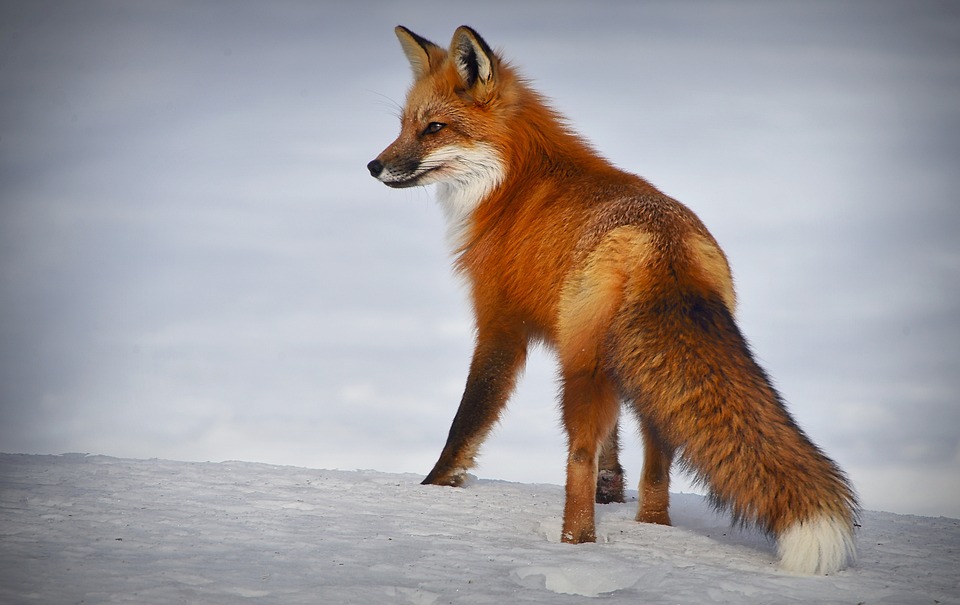Bdelloid rotifers are a fascinating group of ancient, asexual organisms that have defied the odds by persisting for an estimated 25 million years without sexual reproduction. These tiny freshwater animals have spread worldwide, inhabiting diverse environments from damp moss to Antarctic ice sheets. Despite their lack of sexual gene exchange, new research has shed light on how bdelloid rotifers have managed to survive for so long and thrive in various habitats.
A recent study published in the journal Nature Communications has revealed that bdelloid rotifers likely use genetic material obtained from plants, fungi, and bacteria to produce their own antimicrobial compounds. By acquiring genes from non-animal sources, these rotifers are able to manufacture chemicals that are typically not found in animals. This unique ability allows them to combat infections from virulent fungal pathogens, supplementing their standard immune system.
The discovery of these borrowed genes in bdelloid rotifers challenges the traditional understanding of animal biology. While bacteria and fungi are known for their ability to produce antimicrobial compounds, animals are not typically associated with this type of chemistry. However, the study found genetic sequences in rotifers that encode for the production of antibiotics, suggesting that these organisms have evolved a unique defense mechanism against pathogens.
One of the most intriguing aspects of bdelloid rotifers is their reproductive strategy. Unlike most multicellular organisms that rely on sexual reproduction to evolve resistance to diseases, bdelloid rotifers reproduce exclusively through parthenogenesis, a process of reproduction without fertilization. This asexual mode of reproduction has puzzled scientists for centuries, as it is rare for purely parthenogenetic species to survive in the long term. However, the recent research on bdelloid rotifers has provided insights into how they have managed to thrive despite their lack of sexual reproduction.
Genetic studies have shown that bdelloid rotifers possess a significant amount of DNA acquired from non-animal sources through horizontal gene transfer. This process, mediated by viruses, allows the rotifers to incorporate genes from other organisms into their genome. The study linking these horizontally acquired genes to the rotifers‘ ability to survive infections suggests that even slowly-acquired DNA fragments may play a crucial role in their evolutionary success.
To understand the function of the looted genes in bdelloid rotifers, researchers exposed the organisms to a virulent fungal infection. They found that the resistant species activated a set of genes associated with antimicrobial compound production at a much higher level than the susceptible species. These genes were predicted to encode for potent antibiotic and antifungal agents, suggesting that the rotifers have evolved a sophisticated defense mechanism against pathogens.
The discovery of rotifer-made antimicrobial compounds has significant implications for human health, particularly in the face of growing antibiotic resistance. While further research is needed to confirm the effectiveness and safety of these compounds for human use, the findings offer a promising avenue for the development of new antimicrobial drugs. By exploring the unique biology of bdelloid rotifers, scientists may uncover novel solutions to combatting infectious diseases and antibiotic resistance.
In conclusion, the study of bdelloid rotifers provides a fascinating glimpse into the evolutionary strategies of ancient, asexual organisms. By borrowing genes from non-animal sources and producing their own antimicrobial compounds, these resilient creatures have thrived for millions of years without sexual reproduction. The potential applications of their unique defense mechanisms in the development of new antibiotics highlight the importance of exploring diverse and unconventional biological systems for solutions to pressing health challenges.





